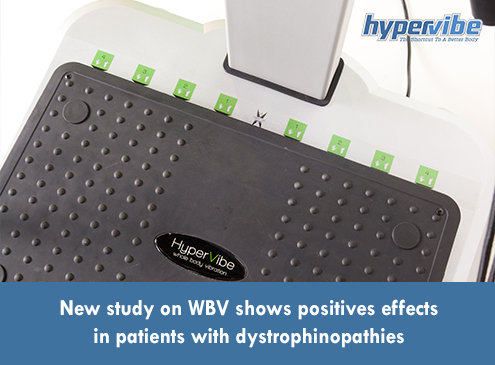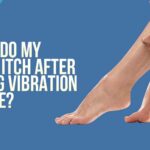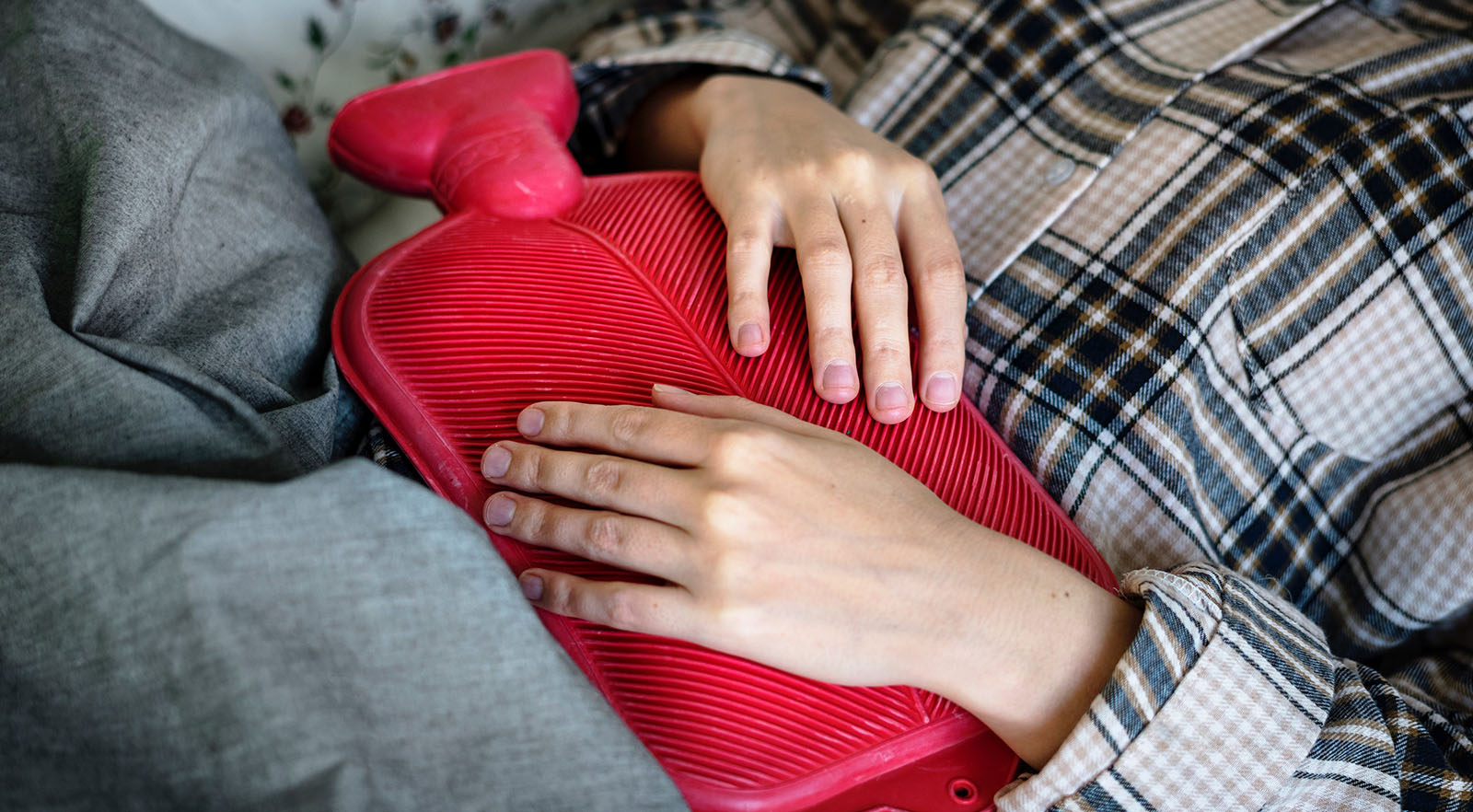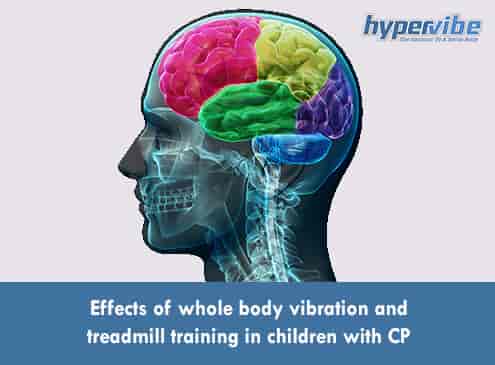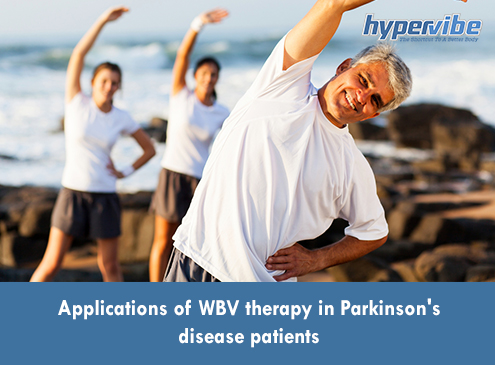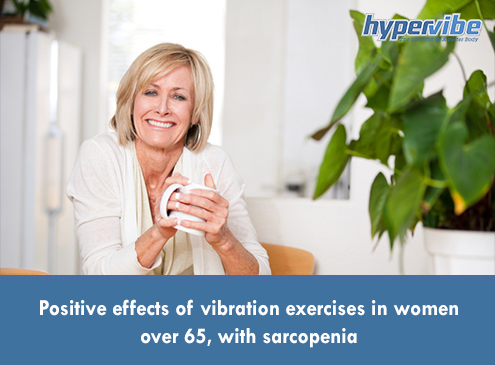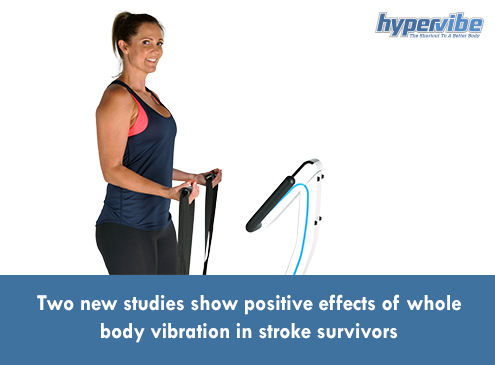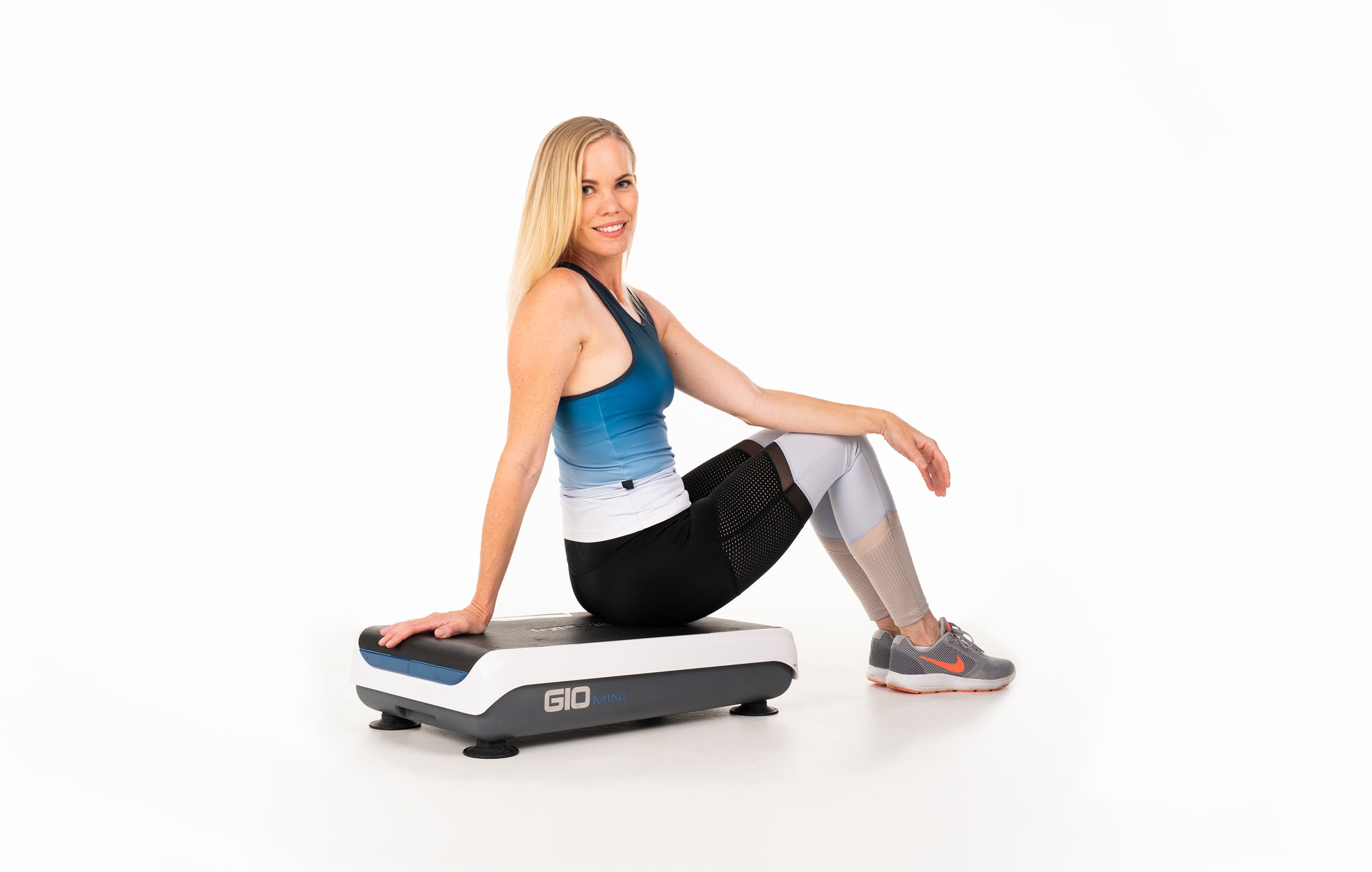New WBV Study: Positive Outcomes in Dystrophinopathy Patients
Dystrophin protein is found inside muscle fibers, being involved in the structural stability of the tissue. Without this protein, muscle fibers become more prone to mechanical injury, and conditions like Duchenne muscular dystrophy can develop.
Most commonly found in males, muscular dystrophies manifest through muscle weakness and reduced contractility, muscle hypertrophy, hyperlordosis that affects not just posture but also the gait, absence of the bladder or bowel function, and overall weakness of the lower body.
These symptoms are usually progressive, one of the first signs of muscular dystrophies being the waddling gait visible in children below six years. This is accentuated by the weakness of the hip muscles and can occur together with toe walking, respiratory problems around the age of 8 years, then morning headaches, and nocturnal hypoxemia (low level of arterial oxygen).
In patients with dystrophinopathies, posture is affected, and spine deformities like scoliosis are likely to occur. Also, due to the weakness of the muscles, one may need to use a wheelchair and may accuse muscle contractures and severe respiratory or cardiac problems.
The current treatment options for such conditions include pharmacologic therapy, braces, and supportive devices, physiotherapy, and sometimes surgery as well, but none of them is a permanent cure. No known treatment permanently heals the symptoms of muscular dystrophies, so all the existing options can only delay the worsening of symptoms and improve the quality of life temporary, increasing the lifespan of patients.
Whole body vibration use in patients with muscle dystrophies
The newest study on the use of whole body vibration in patients with dystrophinopathies comes from US researchers, and was published in the Muscle & Nerve journal. This study aimed to evaluate the feasibility and tolerability of WBV therapy at low intensity and investigate the potential side effects and effects on muscles and bones in patients with Becker and Duchenne muscular dystrophies.
5 patients with ages from 5.9 to 21.7 years were included in this study. They performed whole body vibration exercises at 30-90 Hz for 10 minutes a day, at low intensity, for six months. The researchers investigated the changes in motor function and muscle strength at the beginning, then at 6 and 12 months from the start of this study.
Results showed that the lower extremity muscle strength and motor function remained unchanged or improved during the intervention phase but deteriorated after the whole body vibration therapy was discontinued. The bone mass density remained stable in the lower body. Also, WBV was well tolerated and seemed to stabilize the bone measures and muscle function in the lower body.
This is not the first study that suggests that vibration machines therapy can be beneficial for patients with muscular dystrophies. In a previous article, we’ve shown that WBV was found to be safe and useful in patients with Duchenne dystrophy, this form of training and therapy being used for improving muscle strength and function. Several studies suggest that WBV may be a good replacement for conventional exercise and physical therapy in people with certain dystrophies.
People suffering from Friedreich’s ataxia, an inherited disease that causes muscle weakness and movement problems, may also benefit from whole body vibration therapy. This study found WBV to be efficient in increasing the blood flow and activating the muscles in FA patients, results suggesting that vibration training could be incorporated in rehabilitation programs for people with Friedreich’s ataxia.
Have comments or want to add something to this article? Feel free to post your thoughts below or join our Facebook community and share your thoughts with us there.
